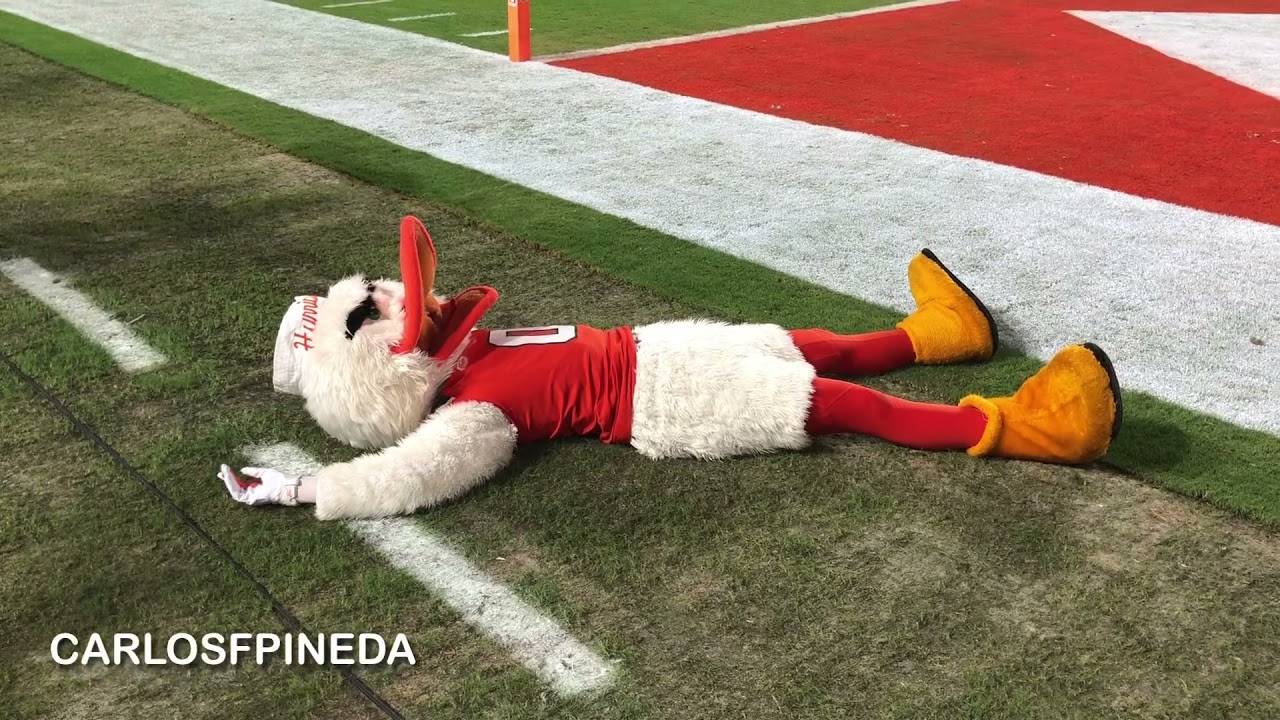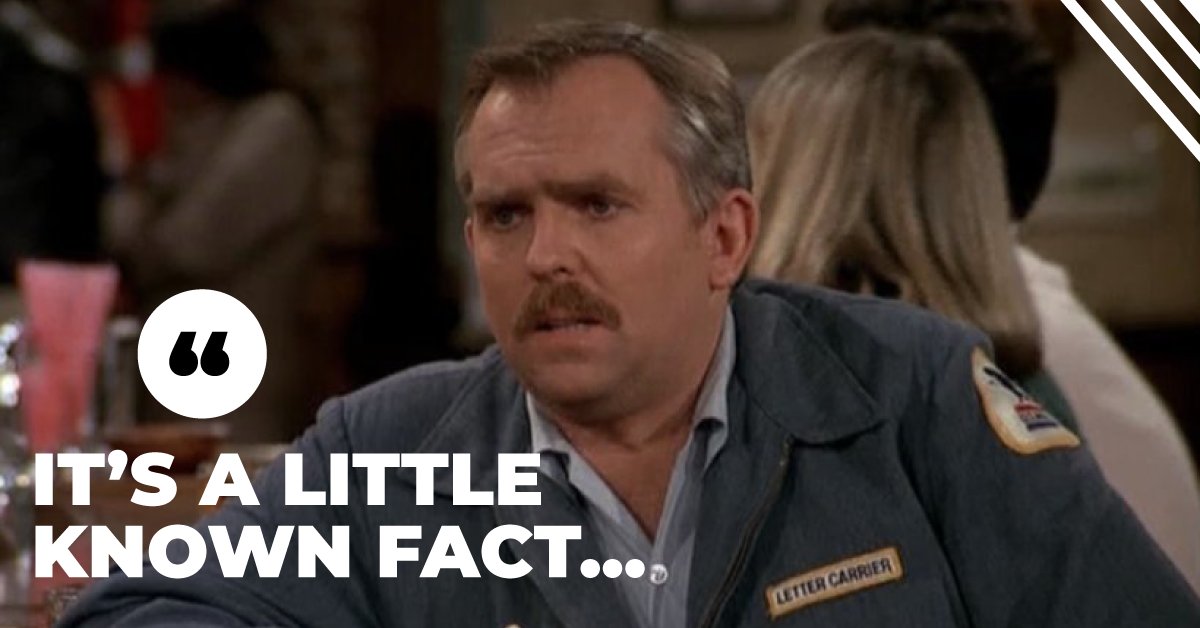Anyone passing by the McCormick Place Lakeside Center in Chicago, Illinois, in the early morning hours on Thursday likely got quite the gruesome shock.
That's because almost 1,000 dead birds began raining from the sky as they all collided with the exhibit hall's windows on October 5.
Christine Sheppard, director of the glass collisions program for the American Bird Conservancy, told Insider the news made her stomach drop.
"It's just absolutely your worst nightmare," Sheppard said.
Now, anti-collision activists like Sheppard are calling on McCormick Place to make changes to protect migrating birds.
Bird collisions are nothing new for Chicago, but an event on this scale is an anomaly, according to Annette Prince, director of the Chicago Bird Collision Monitors. Prince said her organization typically sees thousands of deaths over the course of a year, making the mass collision on October 5 a disturbing outlier.
Weather conditions in recent days presented a perfect storm for a mass migration event, according to Prince.
Low cloud cover and favorable winds combined with the fall migration season contributed to a large amount of birds flying through the region. She also said that weather conditions had been poor for flight in recent days, meaning there was a back-up of birds waiting to migrate leading up to Thursday.
"All these things made the perfect storm for what caused such a huge event," Prince told Insider.
The main catalyst for the collision itself, however, was the lights inside building, according to Prince. Prince said McCormick Place had kept its lights on throughout the night on October 5 — something the rental hall has a history of doing, she said — which drew the mass of birds towards the building.
Cynthia McCafferty, a spokesperson for McCormick Place, said the hall turns its lights on when staff, clients, or visitors are present. Lights are turned off when the building is empty. McCafferty could not confirm whether or not the lights were on in the early morning hours of October 5 when the collisions happened.
Both Prince and Sheppard said McCormick Place has been a point of concern for 40 years given its location.
"It's the first encounter on the lake that birds can run into," Prince said.
Sheppard also noted that its low stature means the building sits at vegetation level — the height at which most bird collisions occur. She called on McCormick Place to implement anti-collision measures on its large windows.
"The solution — and there are many, many different kinds of retrofits available — is to put something on that glass so that birds can see and avoid it," Sheppard told Insider.
Prince said McCormick Place should treat the glass to prevent daytime collisions and ensure lights are off at night to prevent nighttime collisions.
"Neither either of those options — always turning the lights out and retrofitting the glass — have happened," Prince said.
McCafferty did not answer Insider's question asking whether the event hall had plans to implement anti-collision window treatments. McCormick Place does maintain a six-acre bird sanctuary and works with the Chicago Field Museum to minimize their bird collisions, McCafferty said.
For Sheppard, the key to preventing future collision events is ensuring new buildings have anti-collision windows and that all structures are mindful of turning their lights off at night.
"The problem is if you turn the lights off on one building, the birds just hit the next one,"Sheppard said. "So to have a real impact, you have to turn down the lights in a wide area."

 www.insider.com
www.insider.com
That's because almost 1,000 dead birds began raining from the sky as they all collided with the exhibit hall's windows on October 5.
Christine Sheppard, director of the glass collisions program for the American Bird Conservancy, told Insider the news made her stomach drop.
"It's just absolutely your worst nightmare," Sheppard said.
Now, anti-collision activists like Sheppard are calling on McCormick Place to make changes to protect migrating birds.
Bird collisions are nothing new for Chicago, but an event on this scale is an anomaly, according to Annette Prince, director of the Chicago Bird Collision Monitors. Prince said her organization typically sees thousands of deaths over the course of a year, making the mass collision on October 5 a disturbing outlier.
Weather conditions in recent days presented a perfect storm for a mass migration event, according to Prince.
Low cloud cover and favorable winds combined with the fall migration season contributed to a large amount of birds flying through the region. She also said that weather conditions had been poor for flight in recent days, meaning there was a back-up of birds waiting to migrate leading up to Thursday.
"All these things made the perfect storm for what caused such a huge event," Prince told Insider.
The main catalyst for the collision itself, however, was the lights inside building, according to Prince. Prince said McCormick Place had kept its lights on throughout the night on October 5 — something the rental hall has a history of doing, she said — which drew the mass of birds towards the building.
Cynthia McCafferty, a spokesperson for McCormick Place, said the hall turns its lights on when staff, clients, or visitors are present. Lights are turned off when the building is empty. McCafferty could not confirm whether or not the lights were on in the early morning hours of October 5 when the collisions happened.
Both Prince and Sheppard said McCormick Place has been a point of concern for 40 years given its location.
"It's the first encounter on the lake that birds can run into," Prince said.
Sheppard also noted that its low stature means the building sits at vegetation level — the height at which most bird collisions occur. She called on McCormick Place to implement anti-collision measures on its large windows.
"The solution — and there are many, many different kinds of retrofits available — is to put something on that glass so that birds can see and avoid it," Sheppard told Insider.
Prince said McCormick Place should treat the glass to prevent daytime collisions and ensure lights are off at night to prevent nighttime collisions.
"Neither either of those options — always turning the lights out and retrofitting the glass — have happened," Prince said.
McCafferty did not answer Insider's question asking whether the event hall had plans to implement anti-collision window treatments. McCormick Place does maintain a six-acre bird sanctuary and works with the Chicago Field Museum to minimize their bird collisions, McCafferty said.
For Sheppard, the key to preventing future collision events is ensuring new buildings have anti-collision windows and that all structures are mindful of turning their lights off at night.
"The problem is if you turn the lights off on one building, the birds just hit the next one,"Sheppard said. "So to have a real impact, you have to turn down the lights in a wide area."
1,000 dead birds rained from the Chicago sky after a 'nightmare' mass collision with a building that activists have been warning about for decades
Activists are now calling on the McCormick Place Lakeside Center in Chicago to take measures to prevent future mass bird collisions.




